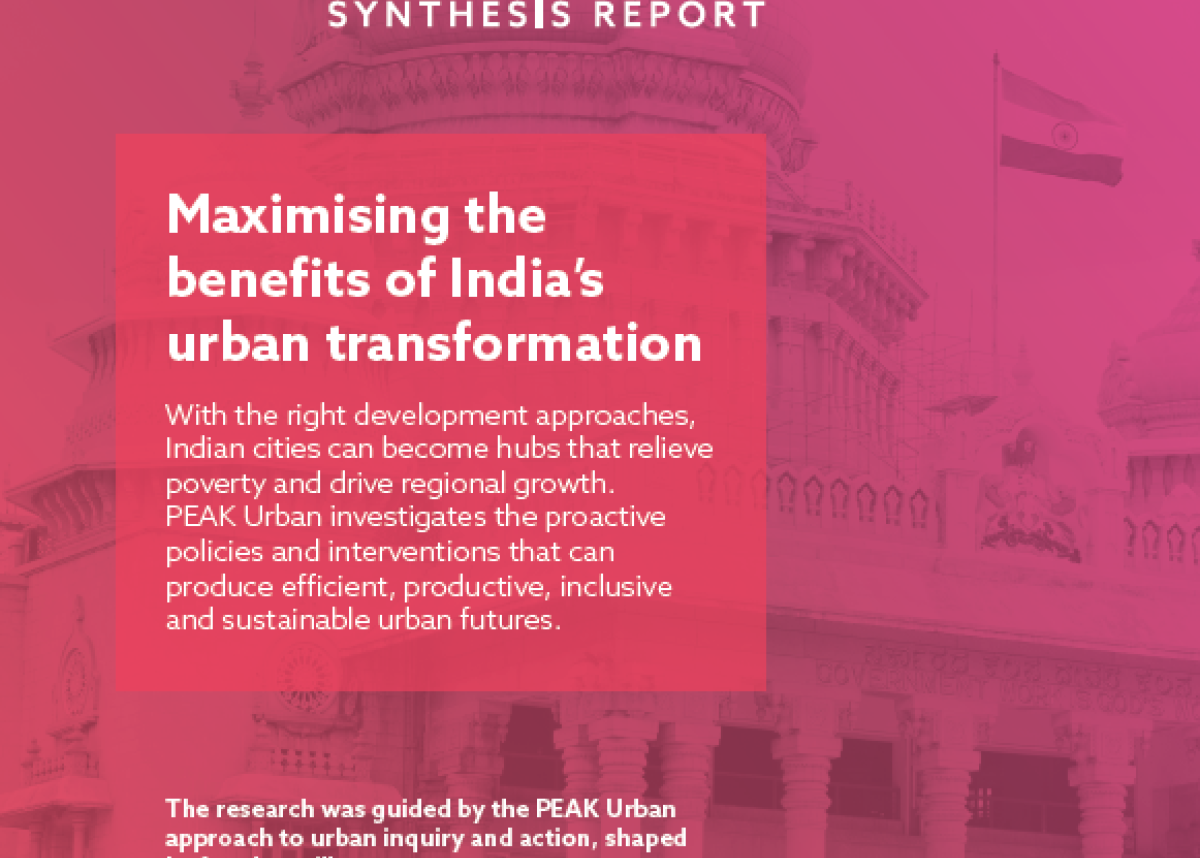
Drivers of air pollution variability during second wave of COVID-19 in Delhi, India
To curb the 2nd wave of COVID-19 in April–May 2021, a night curfew followed by full lockdown was imposed over the National Capital Territory, Delhi.
We have analyzed the observed variation in pollutants and meteorology, and role of local and transboundary emission sources during night-curfew and lockdown, compared to pre-lockdown period and identical periods of 2020 lockdown as well as of 2018 and 2019.
In 2021, concentration of pollutants (except O₃, SO₂, and toluene) declined by 4–16% during night-curfew as compared to the pre-lockdown period but these changes are not statistically significant. During lockdown in 2021, various pollutants decreased by 1–28% as compared to the night-curfew (except O₃ and PM₂.₅), but increased by 31–129% compared to the identical period of 2020 lockdown except O₃. Advection of pollutants from the region of moderate lockdown restrictions and an abrupt increase in crop-residue burning activity (120–587%) over Haryana and Punjab increased the air pollution levels over NCT during the lockdown period of 2021 as compared to 2020 in addition to a significant contribution of long-range transport. The increase in PM₂.₅ during the lockdown period of 2021 compared to 2020 might led to 5–29 additional premature mortalities.
Drivers of air pollution variability during second wave of COVID-19 in Delhi, India,
Urban Climate, Volume 41, 2022,
https://doi.org/10.1016/j.uclim.2021.101059.